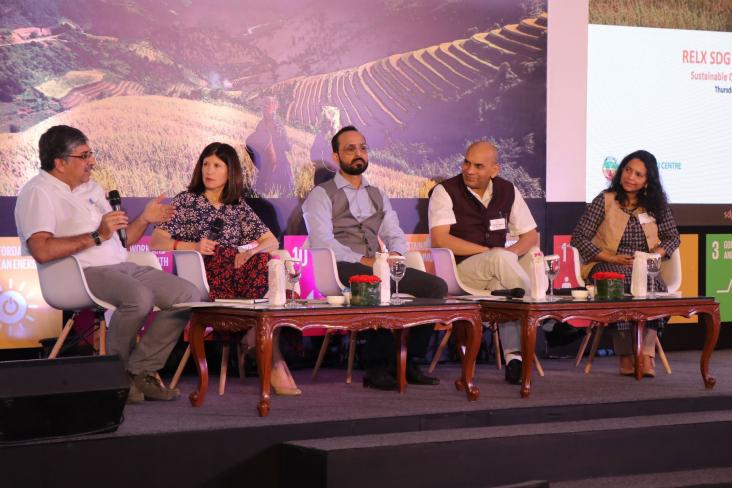This chapter advances SDGs 2, 3 and 11 by providing an overview of global food insecurity and the proposed avenues to address it.
This chapter supports SDGs 3, 11, and 16 by exploring human geography approaches to issues faced by refugees and asylum seekers and analyzes processes shaping forced international migration and settlement.
This chapter supports SDGs 3, 11, and 16 by exploring the process of humanitarian mapping, the production of spatial data and cartographic products to improve situational awareness and decision-making around humanitarian issues from acute events such as natural disasters and public health emergencies to longer term events such as refugee crises and political unrest.
As global temperatures continue to rise, questions about infrastructure capacity to keep up with energy demand are increasingly germane.

In 2019 RELX hosted an SDG Inspiration Day in Delhi to inspire scalable, collaborative action on the 17 SDGs, with particular emphasis on sustainable cities: SDG 11, critical to the rest. Watch videos of the speakers
Electricity systems based on renewables have an increasing demand for flexibility.

Focussing on SDGs 9 (industry, innovation and infrastructure) and 11 (sustainable cities and communities), BEYOND 2020 endeavours to link the built environment sector to the SDGs.
Municipal advisory committees are becoming increasingly influential in guiding decision-making processes that address climatic issues.
Air pollution and climate change are key global challenges for cities and both have large impacts on human health and economic development.
This book chapter addresses SDG3 and 10 by investigating how Environmental Justice (EJ) is concerned with the fair distribution amongst social groups of environmental quality.
